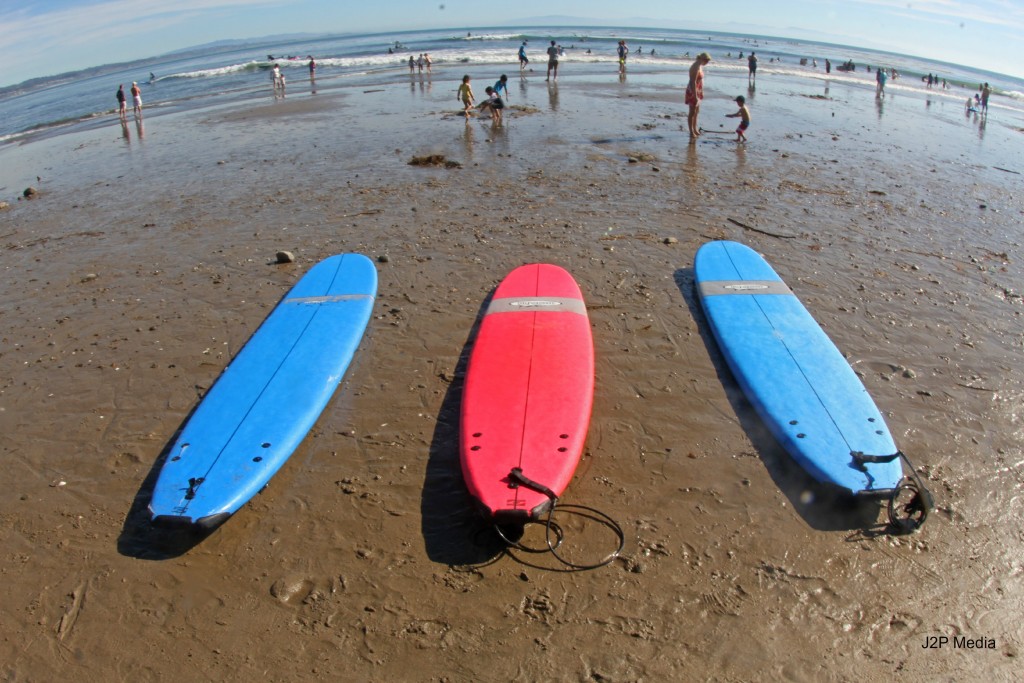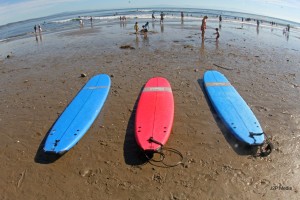Capitola, Surf & Stand Up Paddle Boarding
The Secret to Great Surfing at Capitola Beach or Anywhere in Santa Cruz
Check the Tides!
Weather you are surfing at Capitola Beach or any of the other Santa Cruz beaches the tides effect the shape and power of the waves. Knowing how to read tides, and what spots favor low or high tides, can help you have a positive surfing experience. Read on to learn the details about how tides effect Santa Cruz surfing.
What are tides?
Tides are the rise and fall of the sea level surface. A 0 tide is when the ocean is at sea level. High tide is the measurement above 0, or sea level. Low tide is any measurement below sea level. High tide is when the water and waves come further up the beach and lower tides go further out to sea.
Tides are the rise and fall of the sea level surface. A 0 tide is when the ocean is at sea level. High tide is the measurement above 0, or sea level. Low tide is any measurement below sea level. High tide is when the water and waves come further up the beach and lower tides go further out to sea.
What causes tides?
Tides are caused by the sun and moon and their gravitational forces combined with the rotation of the earth.
Tides are caused by the sun and moon and their gravitational forces combined with the rotation of the earth.
How often do tides occur at Capitola Beach?
Capitola Beach most often experiences two high and low tides per 24 hour period.
When surfing Capitola, what is the difference between high tide and low tide?
Low tide is when the water is receding or being drawn out to sea. There will be more rocks exposed and the water is going out to the horizon during a low tide. High tide is when the water is coming in to shore and measures above sea level. A positive number like 3ft, 4ft, etc.
Low tide is when the water is receding or being drawn out to sea. There will be more rocks exposed and the water is going out to the horizon during a low tide. High tide is when the water is coming in to shore and measures above sea level. A positive number like 3ft, 4ft, etc.
Are Tides important to surfers at Capitola Beach?
Tides shape the waves at Capitola Beach. Tides will tell you when you want to go surfing. Tides can shape the surfing conditions. Example, low tide might be too rocky, but with a high tide more water is moving and that can allow for a better shaped wave. Tides will cause waves to break. If the tide is too low, the waves may break all at once. If the tide is too high the waves may break right on the beach or rocks.
Tides shape the waves at Capitola Beach. Tides will tell you when you want to go surfing. Tides can shape the surfing conditions. Example, low tide might be too rocky, but with a high tide more water is moving and that can allow for a better shaped wave. Tides will cause waves to break. If the tide is too low, the waves may break all at once. If the tide is too high the waves may break right on the beach or rocks.
What is the best tidal range for surfing at Capitola Beach?
Capitola surf breaks work best on an incoming or outgoing tide between a positive 1’ – 3’.
Capitola surf breaks work best on an incoming or outgoing tide between a positive 1’ – 3’.
Where can I get tide information if I want to surf at Capitola Beach?
Tide, wind information and the Capitola Beach surf camera can be found in the Surfline widget on the right or here on our lessons page. Surfing is one of the most fun things to do in Santa Cruz and Capitola Beach is a great place to learn. Capitola Beach Company has experienced surf instructors that are happy to answer any questions you have. Please feel free to email, call us with questions or book a lesson.


